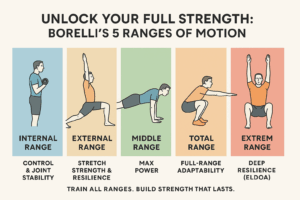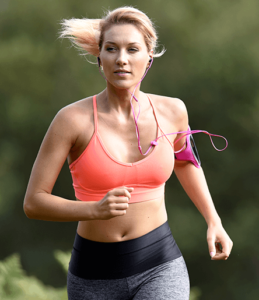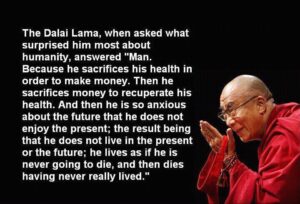Muscle range of motion is an important factor in training yourself properly. But it's not just about … [Read More] about Who is Borelli and How Can His Muscle Range Of Motion Length Law Help You in Your Fitness Routine?
it’s not just working out. It's building a foundation for a better life.
Course Lessons
Individual Lesson Template Version 2 With Sidebar Lesson Menu
Joe Shmoe
Insert a brief description summarizing what this lesson is about. Feel free to add or link any additional resources you’d like to include for this lesson here. If you don’t want to add a description, delete this section by hovering over it, right clicking, then select ‘Delete’.


